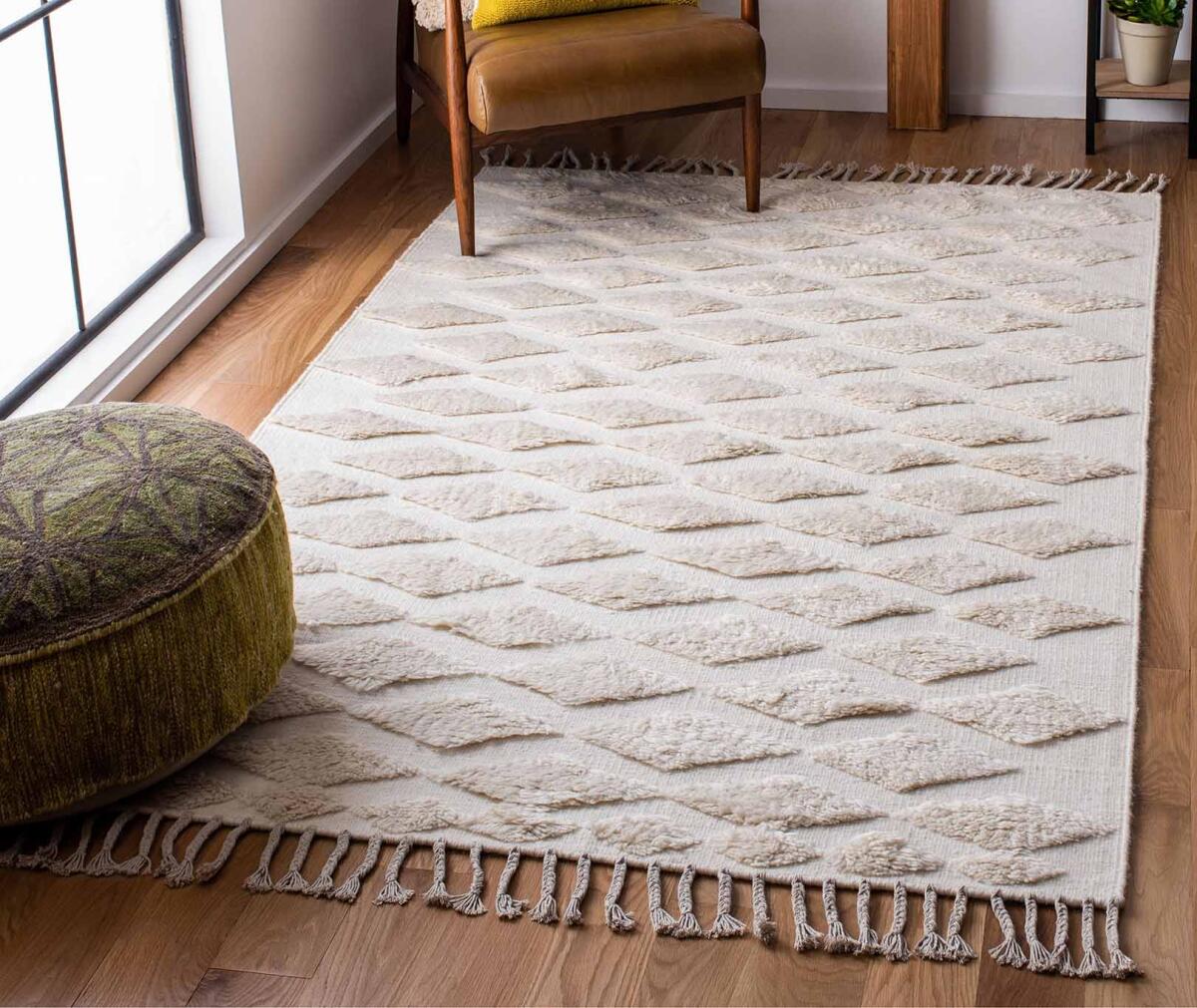If your living room has reinvented itself more times than your wardrobe this year, you might be stuck in a cycle of decor fatigue. Design fatigue, the burnout that happens when a space feels overworked or over-styled, sneaks up when the pursuit of perfection starts to outweigh comfort.
One week, it’s curved furniture or material drenching, or the next could be maximalist decor. The endless scroll for inspiration can make your home feel like it’s never finished.
Kelsey Fischer, Lead Designer at Havenly, sees it happen often. She says that when people chase too many looks at once, their rooms lose focus and feel heavy. “I think chasing too many trends at once will contribute to confusion and design fatigue,” she says. “If you can first nail down your design aesthetic, you can make impactful selections. Choose one or two updates that excite you and mix them with timeless staples to avoid feeling like things are too trendy.”
Storage Ideas That Maximize Style and Function
That restless urge to keep updating isn’t just visual. Research on decision fatigue shows that too many small choices can drain creative energy. The same thing happens at home. Your eyes and brain crave a sense of rest, not constant reinvention.
So many of us are living these hybrid lives now, and the lines between work, rest, and play are seriously blurred. The same thing is happening in our homes. A room that tries to be everything at once can quickly lose its sense of calm. It’s something designers talk about all the time, this idea of “visual rhythm.” Your eye just needs a place to land and relax for a second.
Fischer often begins a redesign by helping clients identify what already feels right instead of what needs replacing. Once a few grounding pieces stay consistent, the rest of the room seems to find its own balance. The most flexible spaces, like hybrid homes that blend work and leisure with ease, aren’t over-styled. They flow.
Editing is what gives a space its staying power. Not starting over from scratch. The same way you refine your wardrobe around signature pieces, your home needs a few constants that hold everything together. (It’s amazing how much calmer a room feels once you stop rearranging it every other weekend.)
Understanding Decor Fatigue
You don’t have to tear down walls or buy all new furniture to refresh a space. Shifting the energy can be faster than painting. Things like fabrics and lighting make a huge difference, as does simple proportion.
Fischer encourages starting with what’s tactile. “Textiles are a great way to consistently make a room feel new,” she says. “New pillows, throws, and especially curtains create a fast refresh with big visual impact.”
And this isn’t just about style. Studies on environmental design suggest that the texture and warmth of the materials around us can actually help regulate how we feel. That might be why rugs seem to carry so much psychological weight. Changing what’s underfoot, like choosing an area rug, can truly transform a room without you having to do a single renovation.

So if your space is feeling a little stale, just start by moving what’s movable. Swap a rug from another room. Why not pull that lamp from the hallway and see what happens? Try a heavier curtain in summer just to see how it shifts the mood. A lot of the time, the room you really want is already there, just hiding under the clutter.
The most livable spaces are said to evolve slowly, anchored in a feeling rather than some new thing you saw online. Once you know the emotion you’re after, maybe it’s calm or maybe it’s bright and grounded, it becomes easier to filter out all the other distractions. That feeling becomes your guide.
How to Keep Design Fatigue From Coming Back
1. Let your home rest
Every space needs a pause. Resist the urge to constantly tweak or rearrange. Let certain corners stay the same for a full season so your eyes and energy can recalibrate.
2. Rework before you replace
Look at what you already have with fresh perspective. Swap lamps between rooms, reframe artwork, or rotate accent chairs instead of starting from scratch.
3. Add one change at a time
When you do refresh, introduce just one new layer. Maybe a woven texture or a softer fabric. Let it settle. Then see how it feels before adding another.
4. Redefine “new”
Style should feel authentic, not performative. Fischer puts it simply: the goal isn’t to make your home look new every month, it’s to make it feel like you.
5. Stay where you are
Sometimes the most refreshing move isn’t a purchase or a project; it’s choosing to stop chasing the next thing and start living fully in what you’ve already created.










